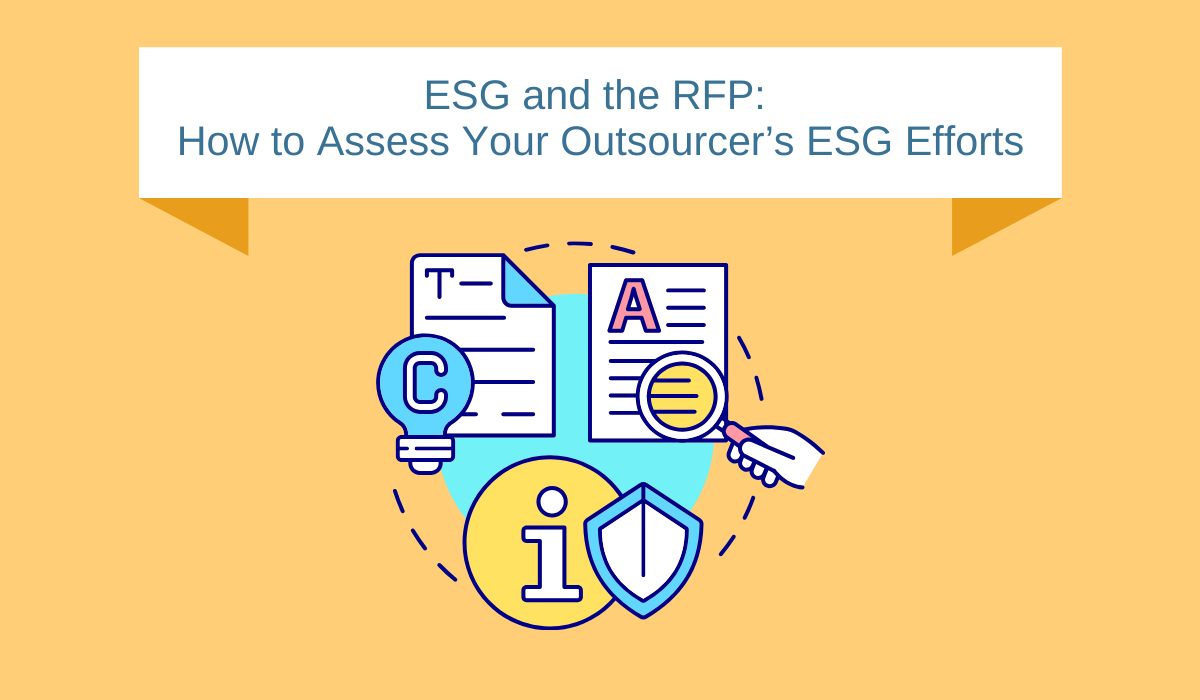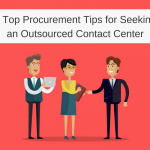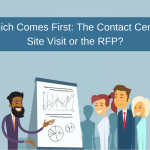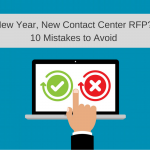ESG and the RFP: How to Assess Your Outsourcer’s ESG Efforts

The first mainstream mention of ESG as a concept came from the United Nations in 2004 in their report titled “Who Cares Wins.” The report urged stakeholders to consider environmental, social, and governance factors in their financial processes and investments. Simultaneously, worldwide attention on issues of sustainability and diversity began to take off and haven’t faded yet.
Today, despite their being no uniform standards defining ESG, there are many laws and regulations that govern how companies must conduct their business. Likewise, many organizations have established their own ESG guidelines and metrics—or been certified by third party validations—to hold themselves and their chosen vendors accountable. It is a worthy cause. As PwC aptly says, ESG is, at its core, focused on “cultivating smarter business for a stronger world.”
ESG is a critical element to building a more sustainable business that can adapt to industry regulatory and market shifts, such as the evolution of technology, climate change, social equity, diversity and inclusion, and black swan events like COVID-19.
–EY–
But the reality of achieving these varying ESG standards is deeply complex. Implementing ESG standards requires tremendous resources, long-term investment, and sometimes an entire overhaul of a company’s infrastructure and processes. Meanwhile, without universal guidelines, the standards of 3rd party certifications often differ if not conflict entirely. And inconsistent criteria are only half the challenge, because some companies struggle with the availability and quality of measurable data in the first place. This is often the case for smaller companies or those with complex supply chains with limited visibility.
With that said, how do you ensure your outsourced customer care partners or potential partners are holding themselves accountable to robust ESG standards? When you go to RFP for your next outsourcer, how can you verify that the companies you’re engaging are truly committed to running a sustainable, socially aware, ethically governed business?
Evaluating ESG through your RFP is complex. We walk through some of the biggest questions and challenges below.
What 3rd Party ESG Validation Is Right for You?
Using a third party to rate a company’s environmental impact, workforce practices, and governance is a strategic, non-biased approach to evaluating vendor ESG. But every third party measures a little differently, depending on their focus. Some are more concerned with carbon footprints and energy efficiency, while others might be weighting human rights and workplace conditions more heavily in their evaluations.
Engaging a consultant early in your process, if you are just setting out on the path to supplier certification, is a good call. We already tagged PwC and EY in this post – and obviously, they are world leaders in assisting organizations on this journey. If you are tasked with doing an assessment yourself, you can often see the correlation between a specific industry vertical and the 3rd party assessor. Look for groupings of clients that are similar to your own business. For example, almost all of the leading automotive manufacturers are using the same ESG rating platform. So check client lists and ask questions to make sure the platform you end up with makes the most sense for your industry.
When Should You Demonstrate Flexibility in Assessing ESG?
As mentioned above, for some companies—especially smaller, privately-owned companies—achieving every standard is a challenge. Although they may be committed to equitable and ethical practices, it takes extra resources they don’t have to gather and interpret the data that can actually prove their ESG efforts.
A great parallel ESG example is that of fair-trade coffee. Fair trade certifications are like gold for coffee producers. It’s how they prove to the world that their workers and farmers are paid fairly and that they’re abiding by environmental sustainability standards—and it’s why fair-trade coffee comes with a higher price tag. But the reality is that for very small coffee farms, certification fees are simply too high. They might have some of the highest quality coffee in the world, with the most biodiverse land, zero-waste practices, and well-paid employees—but the extra cost to certify is crippling to small farmers.
No matter the size of your organization, sometimes the size of your vendors are going to be much smaller. In most cases, this is a moot point—what matters most is that they can deliver a quality solution that aligns with your brand and wows your customers. But when it comes to ESG validation, company size may impact their rating—and it doesn’t mean they’re not trying.
For instance, some third-party ESG validators require that a company publish an annual sustainability report in order to achieve a top rating. For small, privately-held companies, a public report of that nature is unlikely. Fortunately, most third-party validations are based on a comprehensive rating, rather than a simple pass/fail designation.
In the best cases, your company’s sustainability officer works directly with your short-listed vendors as they go through the certification process. While the goal is never to give someone a pass for not having appropriate standards in place, there may be an occasional opportunity to make a case for a specific gap to be overlooked. For example, when the RFP is for customer care, but the ESG rating system is designed for manufacturing environments, there may be workplace safety standards weighted very heavily that are simply irrelevant in a work-at-home contact management environment.
At What Point in the RFP Process Should You Require ESG Validation?
If you’re going to require ESG validation in the RFP process, timing it strategically is key. It may seem like a trivial point, but anyone who’s gone through an RFP process on either side knows how grueling it can be—adding a third-party validation into the mix runs the risk of creating a headache.
Requiring that a vendor seek and achieve a specific third-party validation too early in the process may end up being a waste of time if that vendor doesn’t make it onto your short list. However, require it too late, and vendors will be scrambling to fill the gaps, documenting their activities and initiatives they’ve been doing all along.
Our recommendation is to invite your short-listed prospective partners to the ESG validation process when you notify them of their short-list status. This will allow them to assign resources to this critical piece of the process while their sales team continues to work through the final stages of the RFP with you.
At Blue Ocean, we talk often about the importance of strategic partnership and cultural alignment. The factors behind these values often appear intangible and subjective—though the outcomes are grounded solidly in hard numbers and performance metrics. But ESG is a whole other ball game. You have to be able trust and verify that your suppliers are upholding the same standards you do.
We believe requiring third-party ratings or certifications as part of the RFP process is the best way to achieve that verification – especially when your sustainability officer is on the RFP team and supports your vendors on a case-by-case basis.
(And in case you’re wondering: Blue Ocean achieved a Silver rating with Ecovadis and a B rating with Supplier Assurance. We’re focused on raising those scores to Gold and A within the next 18 months.)

![What You Need to Know When Looking for a New Contact Center Outsourcer [Slideshare]](https://blueocean.ca/wp-content/uploads/2017/07/What-You-Need-to-Know-When-Looking-for-a-New-Contact-Center-Outsourcer-150x150.png)

